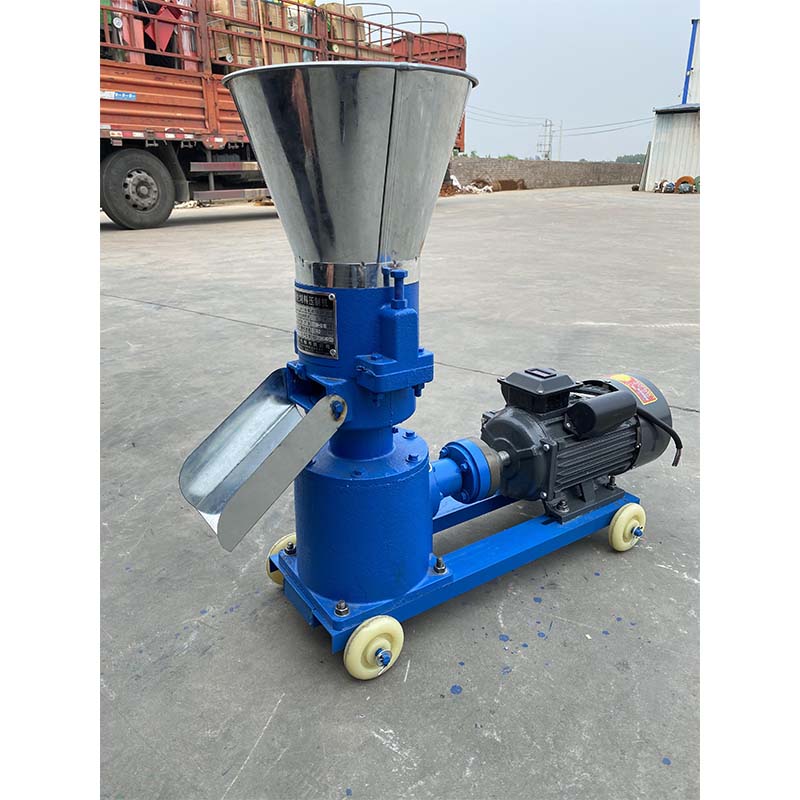poultry layer cages
Dec . 12, 2024 10:11 Back to list
poultry layer cages
Understanding Poultry Layer Cages An Insight into the Egg Production Industry
Poultry layer cages are an integral part of modern egg production systems, providing an efficient and effective way to raise hens for commercial egg production. As the demand for eggs continues to rise globally, understanding the structure, benefits, and concerns associated with layer cages becomes increasingly important for both producers and consumers.
What Are Layer Cages?
Layer cages are specifically designed housing systems that provide individual space for hens to lay eggs. Typically, these cages are made of metal wire and are arranged in multi-tier systems to optimize space and facilitate management. Each cage houses a small number of hens, allowing for easy access for feeding, watering, and egg collection. This system contrasts with traditional free-range or barn housing systems, where hens have much more space to move and exhibit natural behaviors.
Benefits of Layer Cages
1. Efficiency in Space Utilization Layer cages maximize the number of hens that can be raised per square foot, making them highly space-efficient. In commercial operations where land costs are high, this is a significant advantage.
2. Disease Control With a controlled environment, layer cages help minimize the spread of diseases among hens. The confined spaces reduce the risk of contact with wild birds and other animals that can harbor pathogens.
3. Ease of Management Layer cages allow for streamlined operations. Feeding, egg collection, and cleaning can be automated, significantly reducing labor costs and time. This efficiency contributes to the overall productivity of egg production.
4. Optimized Egg Quality and Production Hens in layer cages can be provided with a consistent diet and regulated environmental conditions, which can lead to improved egg quality and higher production rates. Farmers can monitor and manage their flocks more effectively, leading to better outcomes.
Concerns and Criticism
poultry layer cages

Despite the advantages, the use of layer cages is not without controversy. Animal welfare concerns are at the forefront of the debate surrounding poultry layer cages. Critics argue that these systems can restrict the natural behaviors of hens, such as nesting, dust bathing, and foraging, leading to stress and discomfort.
The most significant criticisms include
1. Space Limitations Even though layer cages are designed to optimize space, they often limit the movement of hens, preventing them from expressing natural behaviors. This can lead to physical and psychological stress.
2. Public Perception Consumer awareness about animal welfare has grown, influencing public perception of egg production methods. Many consumers prefer eggs from free-range or organic systems, believing they are more humane compared to those from layer cages.
3. Legislation and Regulation In response to animal welfare concerns, many countries have implemented regulations regarding the treatment of hens in egg production. Some regions have banned traditional battery cages altogether, pushing for more humane alternatives.
Innovative Solutions
In light of these concerns, the industry is evolving. Many producers are seeking innovative solutions that balance efficiency with animal welfare. Alternatives to conventional layer cages, such as enriched cages, provide hens with more space to move, nesting areas, and perches, more closely resembling natural conditions.
Additionally, free-range and pasture-based systems are gaining in popularity, allowing hens greater freedom to roam outdoors. While these systems can be more labor-intensive and costly, they cater to changing consumer preferences and offer a humane alternative.
Conclusion
Poultry layer cages play a crucial role in the egg production industry, offering efficiency and productivity. However, with growing concerns regarding animal welfare, the industry is at a crossroads. As consumers demand more humane practices and as regulations evolve, it's essential for producers to adapt and innovate. The future of egg production may involve a balance between traditional methods and new practices that prioritize both efficiency and the welfare of the animals involved. Understanding these dynamics will be key in navigating the ever-changing landscape of poultry farming.
-
Hot Sale 24 & 18 Door Rabbit Cages - Premium Breeding Solutions
NewsJul.25,2025
-
Automatic Feeding Line System Pan Feeder Nipple Drinker - Anping County Yize Metal Products Co., Ltd.
NewsJul.21,2025
-
Automatic Feeding Line System Pan Feeder Nipple Drinker - Anping County Yize Metal Products Co., Ltd.
NewsJul.21,2025
-
Automatic Feeding Line System - Anping Yize | Precision & Nipple
NewsJul.21,2025
-
Automatic Feeding Line System - Anping Yize | Precision & Nipple
NewsJul.21,2025
-
Automatic Feeding Line System-Anping County Yize Metal Products Co., Ltd.|Efficient Feed Distribution&Customized Animal Farming Solutions
NewsJul.21,2025






